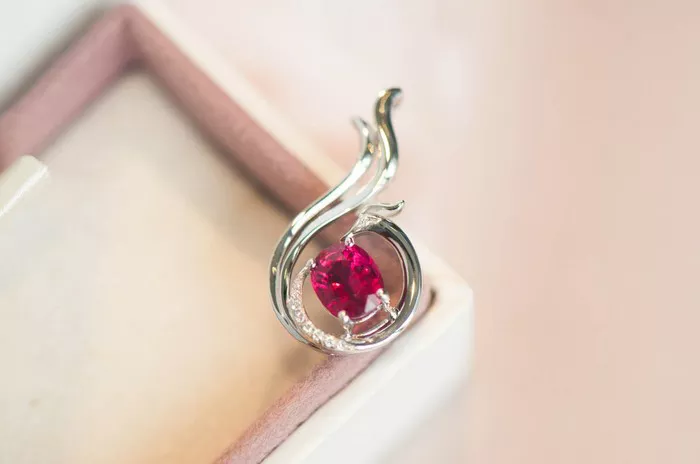In 2016, Olivia Young, a jeweler at Ouroboros, made a sale of a red spinel ring for £6,000 ($7,700). Recently, the insurance company of the client replaced it for £30,000 ($38,400). This shift reflects the rising interest and value of spinel, previously overshadowed by the “Big Four” gemstones – diamonds, emeralds, rubies, and sapphires. Collectors now seek out these niche gemstones for their affordability and potential as smart investments.
Spinel, found in various countries including Sri Lanka, Myanmar, and Vietnam, comes in a spectrum of colors, from vibrant blues and pinks to muted greys and greens. Historically mistaken for rubies until the 18th century, spinels have gained recognition, exemplified by the Black Prince’s Ruby, a 170-carat spinel in the British Crown Jewels. Auctions, like Bonhams’ sale of the Hope Spinel in 2015 for £962,500 ($1.22m), have propelled spinel into the public eye.
According to Jennifer Tonkin, co-head of jewelry at Bonhams, spinels, particularly those in vivid red and hot pink from Burma, are highly sought after. Rahul Kadakia, international head of jewelry at Christie’s, notes the market appreciation of pink and purple spinels, with top-quality examples fetching up to $25,000 per carat. This trend, driven by the increasing prices of traditional gemstones, is not new, tracing back to the Mughal rulers’ fondness for spinels.
Ethical considerations also play a role in the growing popularity of spinels. Lily Gabriella, a London-based jeweler, highlights spinels’ ethical appeal, often sourced from small-scale operations, in contrast to other stones. Charles Abouchar, a dealer based in Geneva, notes a surge in demand for colored gemstones, leading to a shortage of quality specimens and subsequent price increases.
Paraiba tourmalines, discovered in Brazil in the 1980s, are another niche gemstone gaining attention. Characterized by their electric turquoise hue due to traces of copper, Paraiba tourmalines are exceptionally rare compared to diamonds. Prices for top-quality Paraiba tourmalines have surged, reaching $75,000 per carat in 2022, compared to $4,800 per carat in 2009.
Roberto Boghossian, Managing Partner of Boghossian, attributes the doubling of Paraiba tourmaline prices to their rarity and unique beauty. Moti Ferder, founder of Lugano Diamonds, anticipates further appreciation in value as demand rises and supply diminishes. Despite the high prices of Paraiba tourmalines, alternatives like tourmalines from Afghanistan, prized for their bi-chrome appearance, offer attractive options.
Lucy Crowther, a gemmologist and founder of Minka Jewels, advocates for colored gemstones like blue-green tourmalines as alternatives to traditional engagement rings. Both Crowther and Young emphasize the growing significance of unconventional gemstones, believing that top-quality tourmalines will continue to gain popularity and value.


